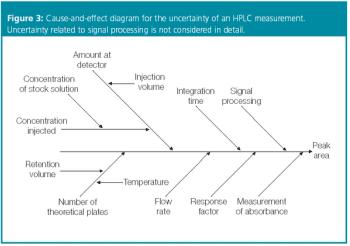
The concept of the limit of detection (LOD) has been, and still is, one of the most controversial in analytical chemistry. The multiple definitions and calculation methods proposed have contributed to this situation. Although in the last years, several international organizations, such as ISO or IUPAC, have tried to reach a consensus in their definitions and have issued guidelines for the estimation of this important parameter in chemical analysis, the subject is still a matter of scientific debate. In this article, we try to clarify the definition and provide guidelines to estimate LOD in chromatographic methods of analysis.







